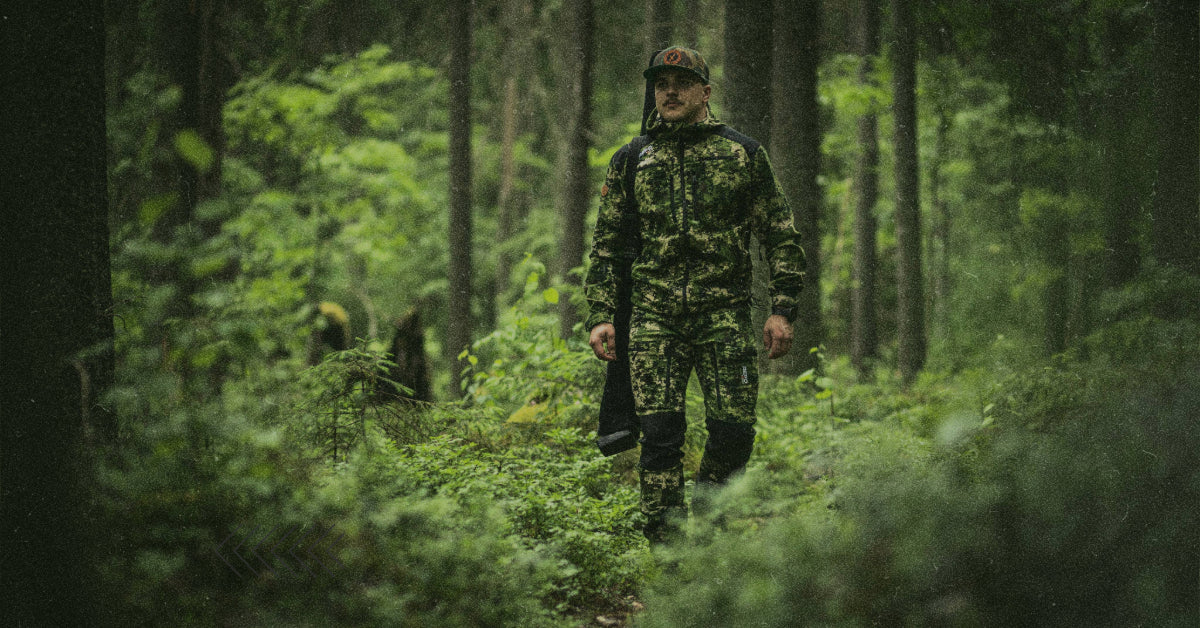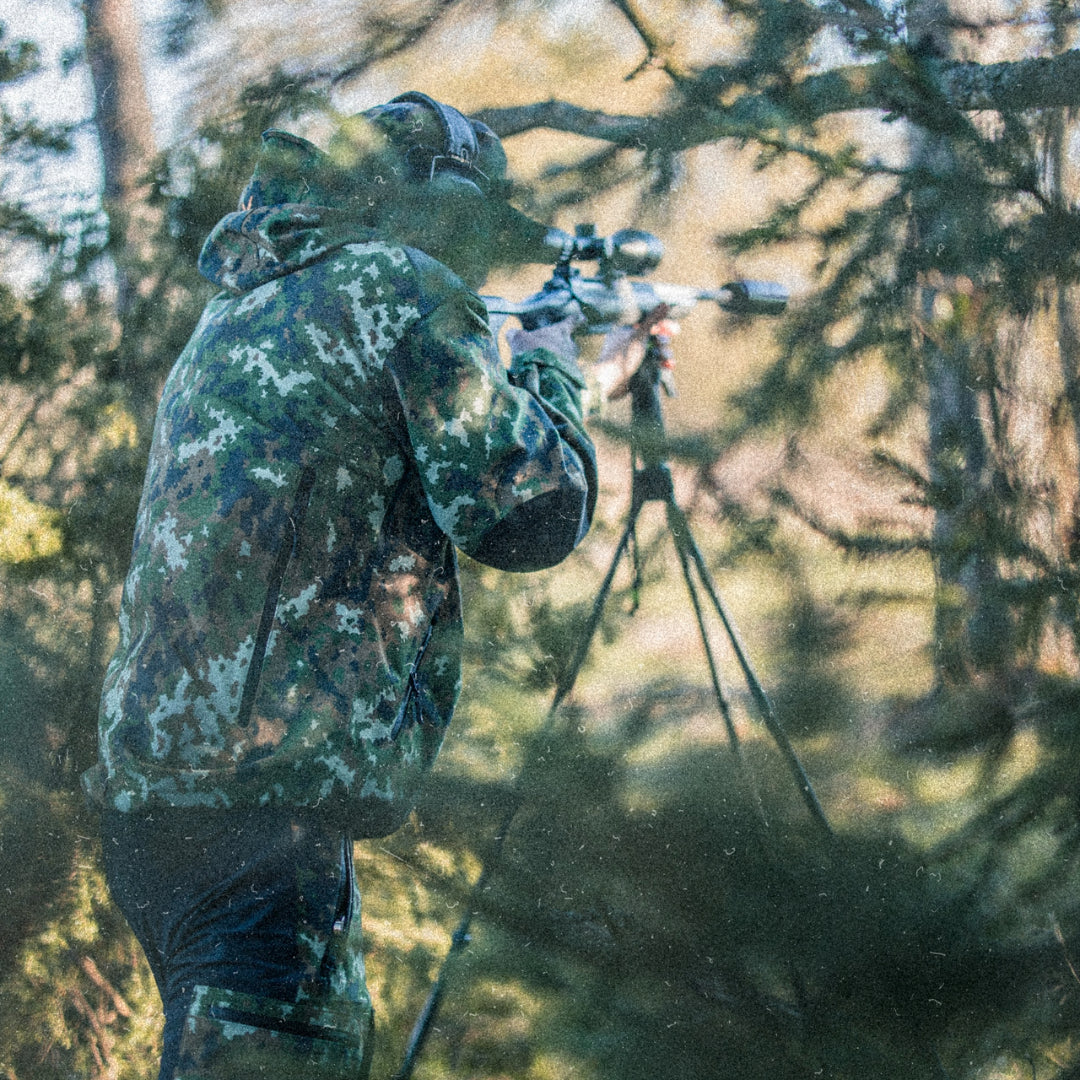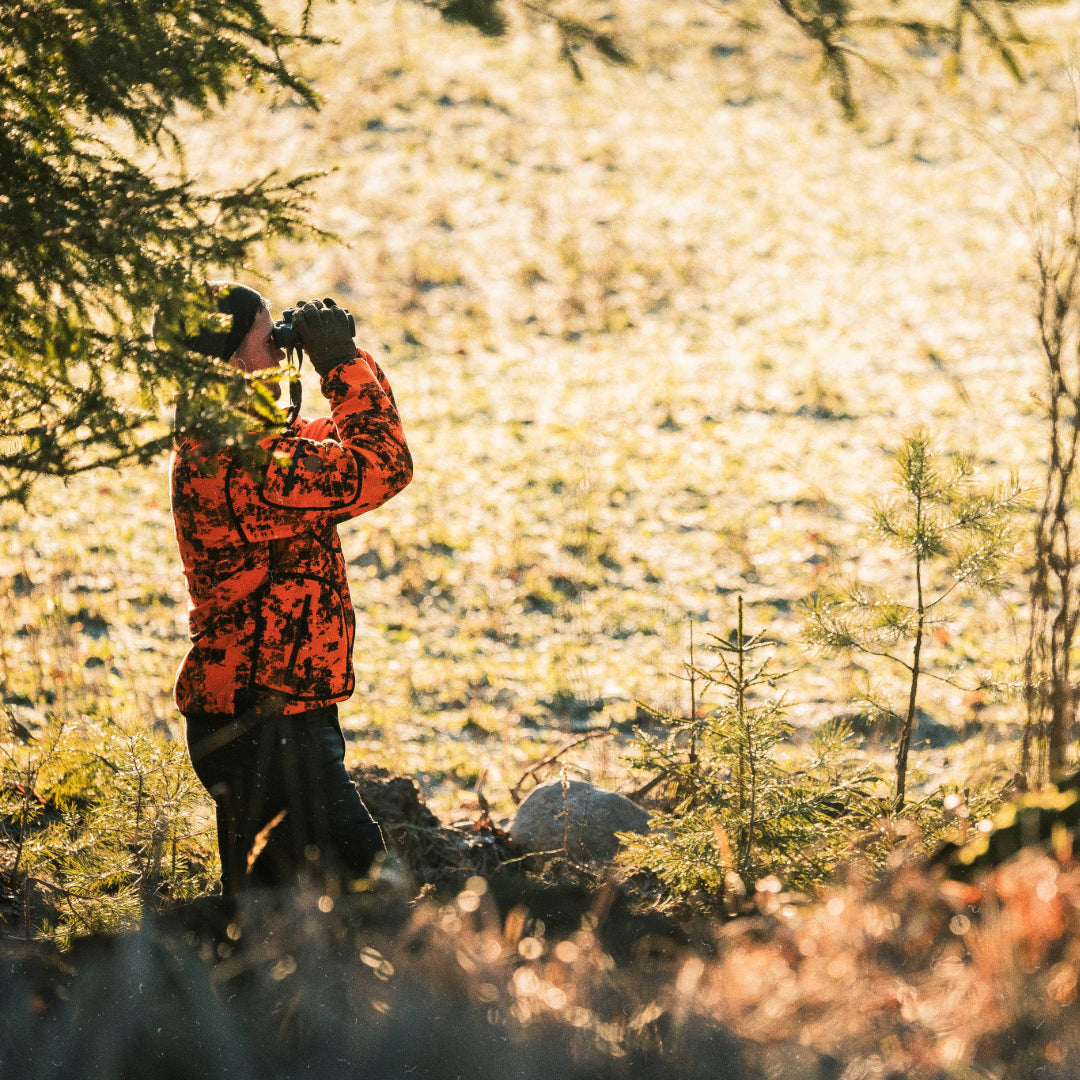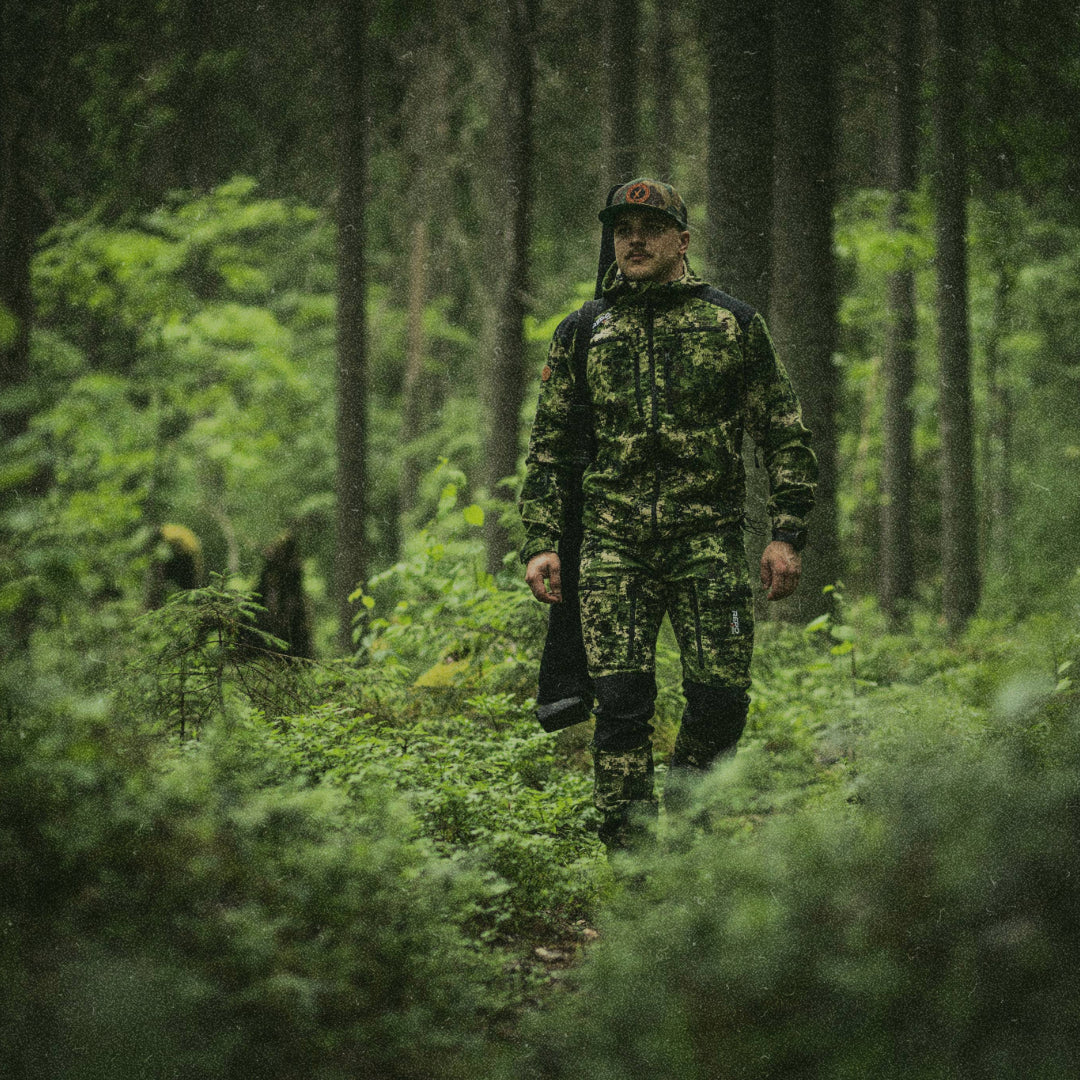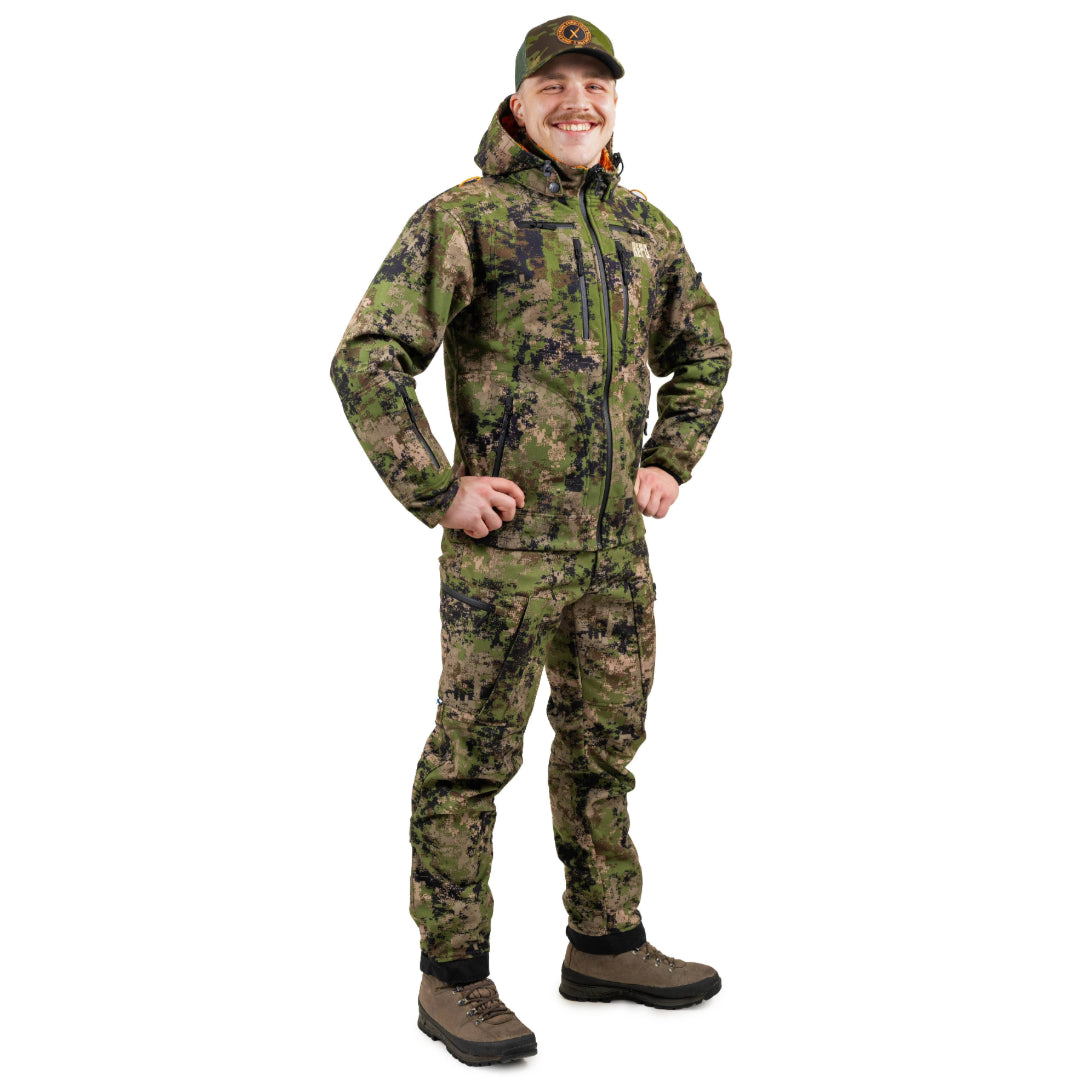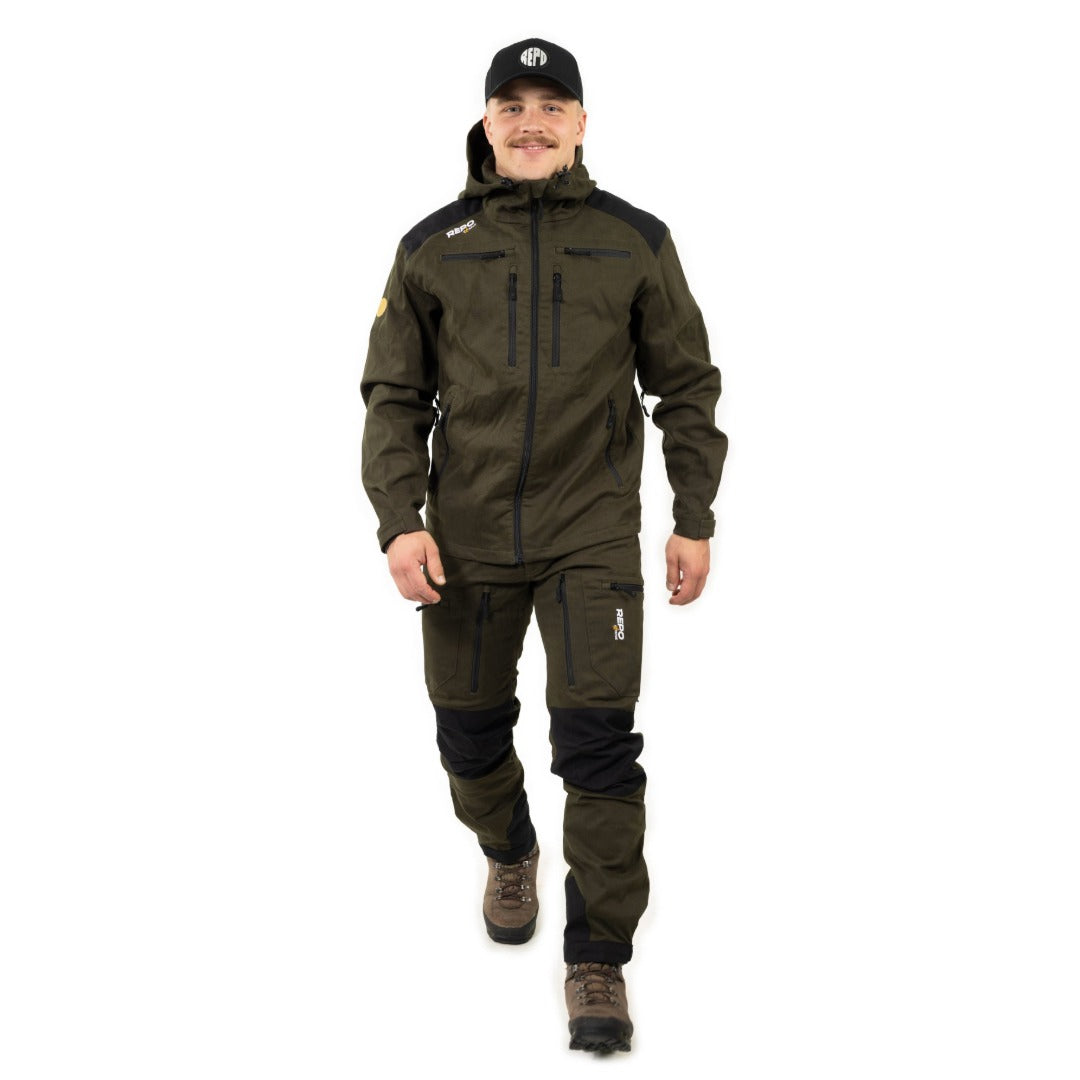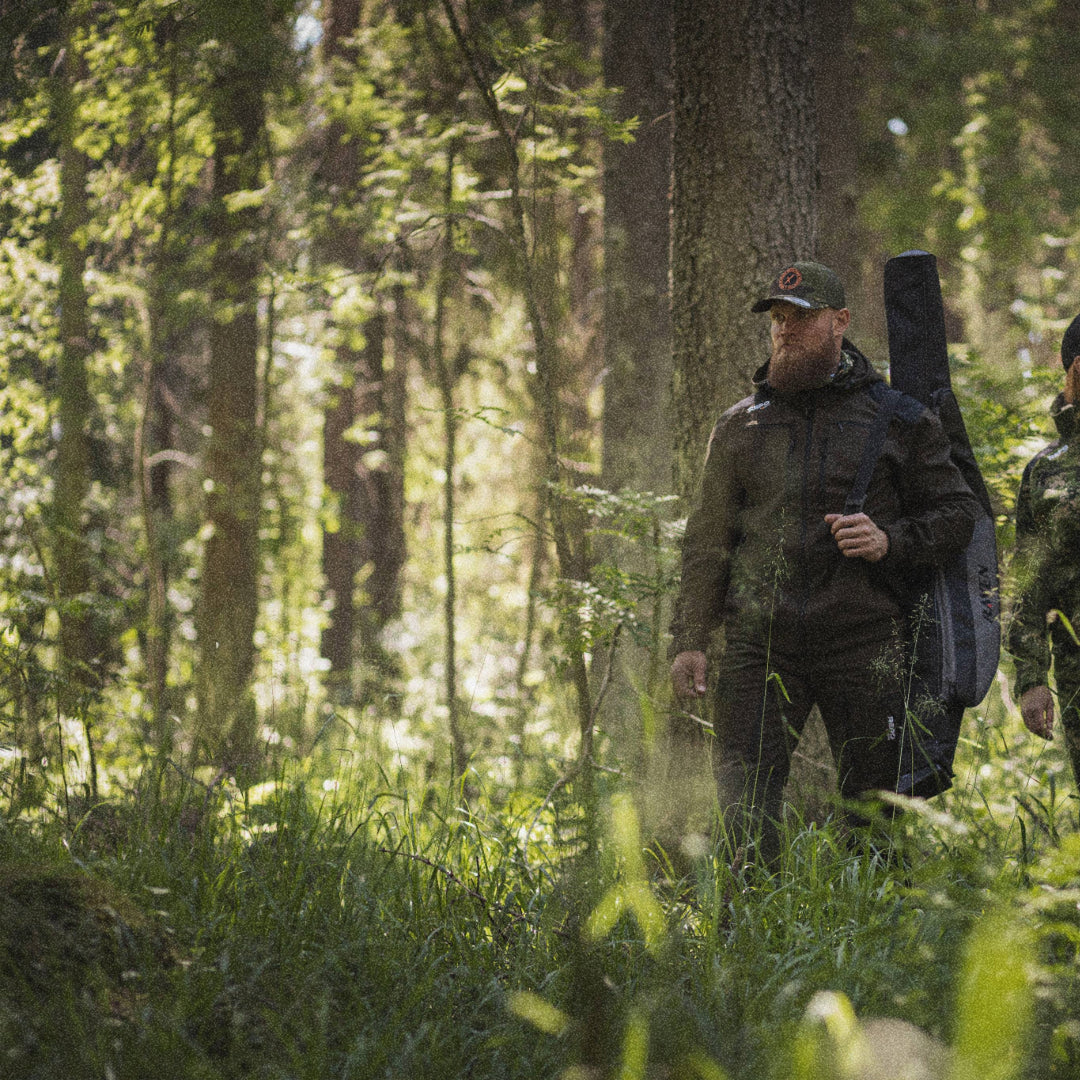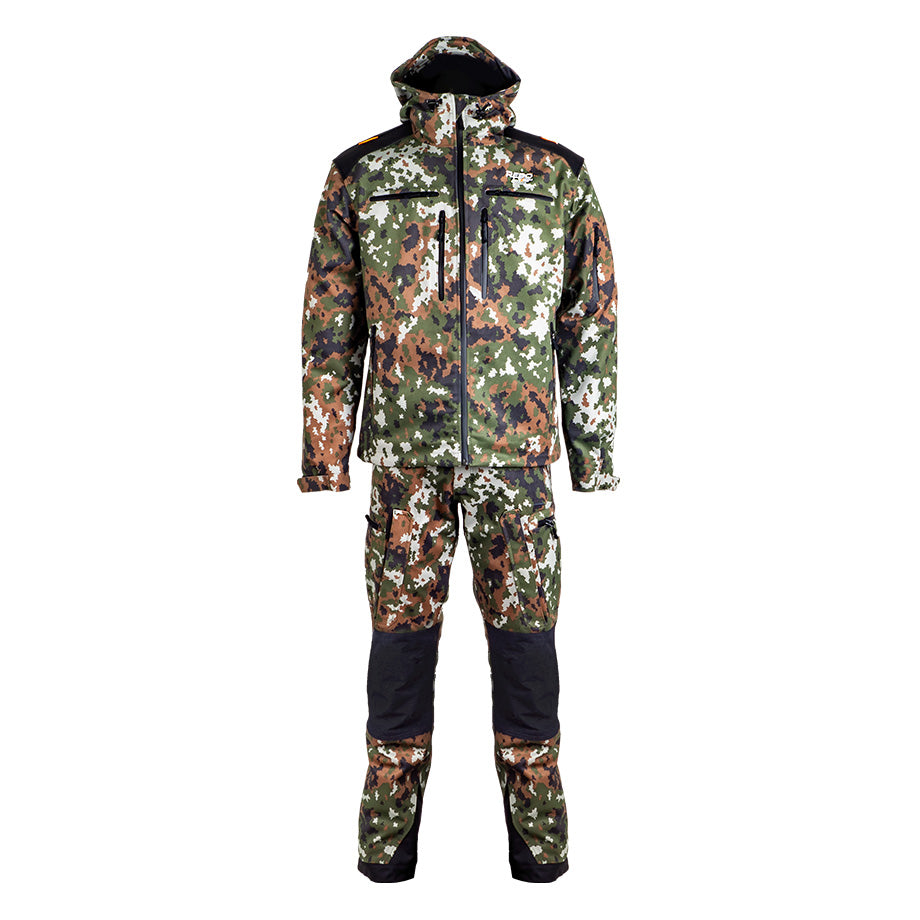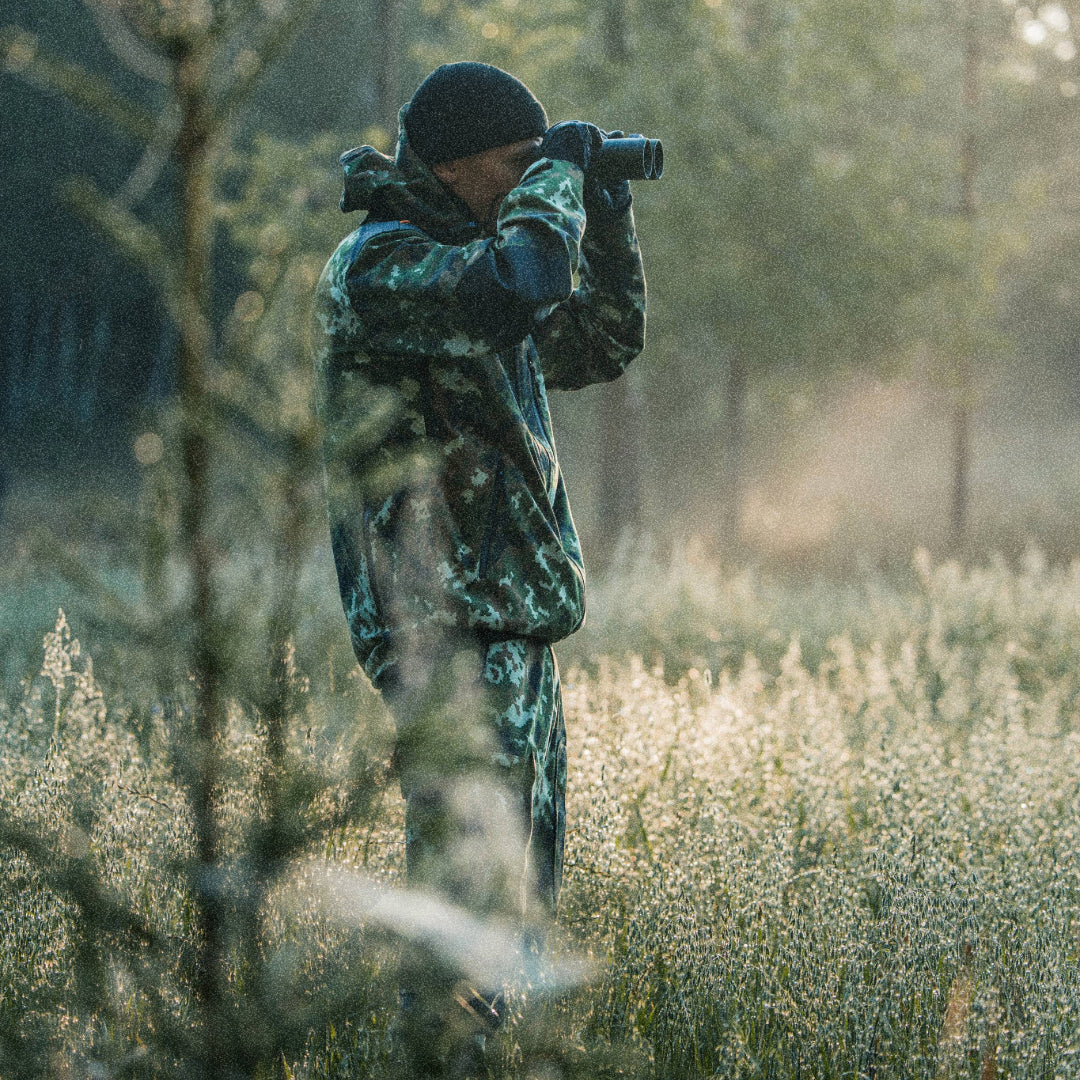When you go into the woods, you are usually there for long periods of time – in all weathers, moving and waiting. It is not enough for your hunting clothing to keep water out, it must also let moisture from the inside out.
Breathability is one of the most important features of a hunting suit, and other outdoor clothing as well. The moisture produced when sweating should not remain inside the clothing – otherwise, discomfort and, in the worst case, coldness will set in faster. This is especially emphasized when hunting on the move, where the body alternately gets hot and then cools down again when the hunter stops.
A breathable hunting suit is the be-all and end-all, whether it has a membrane or not.

